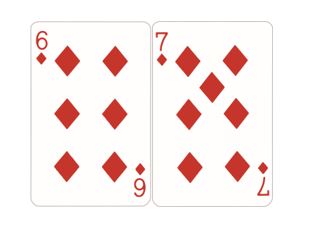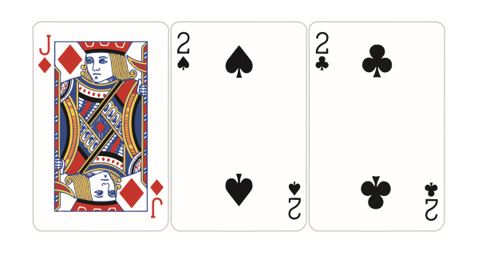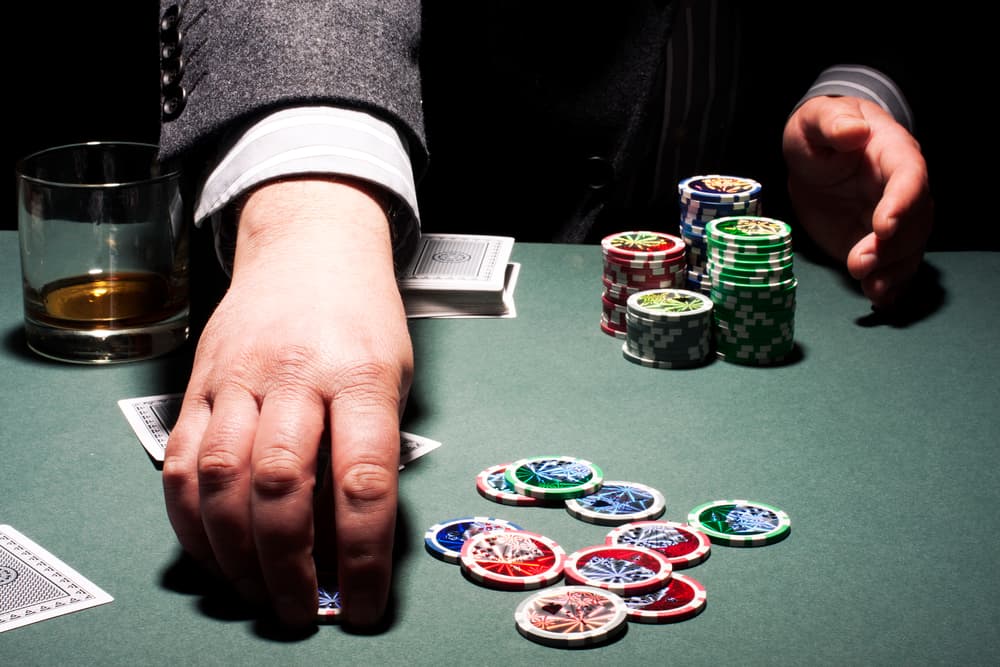Knowing the right bet to make can be tricky. Even expert poker players will have difficulty ascertaining the perfect bet size from time to time. So, knowing when to make the small bets in poker can be tough. I could write a 5,000-word essay on small bets in poker games but I’m going to try and sum it up in much less in this post. Let’s get to it!
What is considered a small bet in poker?
A small bet is generally anything less than 40% of the existing pot size. A couple of decades ago when larger bets were the norm, a ½ pot bet would be considered “small”. But at the time I’m writing this article, 40% and under is a small bet. Some would even go as low as 1/3 or less.
Now you know what is considered a small bet. I’m going to share the primary reasons a poker player would make a smaller bet size in poker and give a couple of examples to illustrate.
Inexpensive bluff
There are times in poker where a smaller bet can be just as effective as a bluff as a larger bet. These scenarios can be quite common and its important to spot them, otherwise you’re burning money making those larger bluff bets. They tend to occur on the river when you’ve ran a bluff or semi-bluffed and have the decision on the last street. Here’s an example of an opportune moment to make a smaller bet.
Blinds: $0.50/$1.00
6 Max (Everyone is playing 100 BBs+).
You open with 6d 7d from the cut-off to $3 and the blind calls.

The flop comes: 3c 8d 10c

He check-calls your $3.50 continuation bet.
The turn comes: 4d

He check-calls your $8 bet and the river falls: 4s

He checks and action is on you.
In this spot, you can either give up or bluff. With the flop texture and pre-flop action, we can feel confident our opponent doesn’t have an overpair. The flop presents several potential draws including flush and straight draws. With the turn and river runout, neither of those draws got there. If our opponent is holding a top pair hand like A-10, we know he won’t fold regardless of smaller or larger size at NL $100. We also know if he missed his draw, he will fold regardless of sizing. Therefore, this is a decent opportunity to bet small.

Extracting value
Another reason to make small bets in poker is for times when you want to extract value. At the micro stakes games, the bigger value bets typically work better. As such, the smaller value bets aren’t needed as often. As you move up stakes, against opposition who are better you may need to adjust your sizing in some situations to allow them better odds. Those types of players are making river decisions based on pot odds, so when their range appears weak and yours strong, you may want to bet smaller to extract value. Lets look at another example hand below:
Blinds: $2.00/$4.00
6 Max (Everyone is playing 100BBs+).
You raise from under the gun with Js Jc to $6.00 and the button calls you.

The flop comes: Jd 2s 2c

You bet $5 and your opponent calls.
The turn: 9h

You bet $10 and your opponent calls.
The river falls: 2h

In this spot, your opponent must have a made hand. They’ve called on a very dry board. However, with them not 3-betting you pre-flop and you flopping Jacks full, it’s unlikely they have better than pocket eights here. Facing three barrels with a hand like pocket fours, fives or even eights in this scenario is difficult. You have a very strong range so it’s hard to get paid here. A larger bet will certainly increase the fold frequency from our opponent. Conversely, a smaller bet will increase the chances of a call. With a pot size of $43, a bet of around $12 to $15 should secure calls from those hands we mentioned as they’re getting excellent odds to call.
For consistency
Another reason to make small bets at the poker table is consistency. Generally, flop textures that are dry are perfect for this. On the disconnected boards, a larger bet size doesn’t achieve anything. Its more costly as a bluff and narrows their range so much you don’t get value from weak either. Therefore, you’ll often find a consistent flop bet sizes of 1/3 or less on dry textures, especially in 3-bet pots. This consistency allows you to bet both strong and weak hands for less.
To feign weakness
Lastly, a small bet size can be a great way to appear weak. Many online poker players still associate a small bet size as weakness. This can be true in the lower stakes games where players bet sizes are all over the place and there is a direct correlation between size of bet and hand strength. So, if you’re reading this and playing low stakes games, you may want to occasionally throw in a small bet to induce raises. Its brilliant in spots where you crush the flop and its unlikely your opponent hit. In those situations, you know its practically impossible to get action so you can throw in a bet of 10-20% of the pot and you’ll be surprised how often they’ll float or just re-raise you for insulting them with such a small bet!



